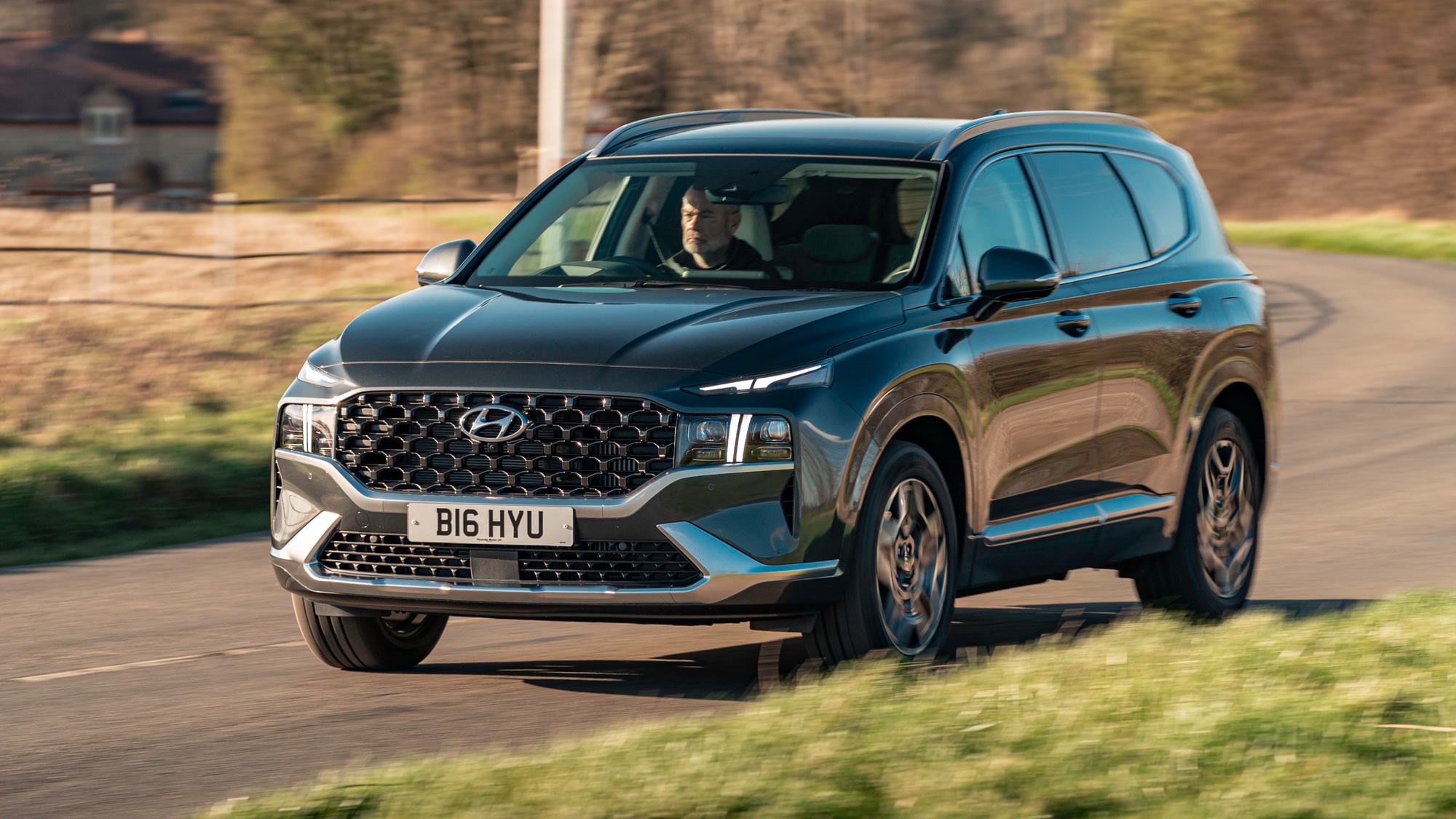Introduction
Electric vehicles are gaining popularity and being developed at a faster rate than ever before. As they become more common, people want to know how they can be improved and made better. In this blog post we will look at some of the ways that electric vehicle performance can be improved.
Improve the battery
The most important part of an electric vehicle is the battery. It’s responsible for storing energy, which is then used to power the car.
It’s essential for manufacturers to improve the performance and cost of these batteries so that they can increase range, speed and reduce weight.
Reduce cost of batteries
Batteries are one of the most expensive components of an electric vehicle. The average cost of a lithium-ion battery pack for a Tesla Model S is about $15,000, but some consumers have paid as much as $40,000 for one. And although this is still cheaper than buying gasoline for your car and driving it around for 1 year (about $10K), it’s still quite expensive compared to traditional vehicles that don’t require any sort of power source at all.
Batteries also add significant weight to an EV–the Tesla Model 3 weighs about 1 ton more than its internal combustion engine counterpart because its batteries weigh so much! This makes them less efficient at carrying cargo or passengers when compared with standard cars that don’t require any extra weight on board just because they’re electric vehicles instead of gas-powered ones; which means you’ll burn through more fuel during travel times even though your car may use less overall because there aren’t any tailpipe emissions generated by burning gasoline inside those engines like there would be if someone were driving around town in their old Ford Focus instead.”
Make them lighter
If you want your car to perform better, you need to reduce its weight. This can be done in a number of ways:
- Reducing the weight of the car itself. This can mean removing unnecessary parts and materials from your EV’s frame or bodywork, such as air-conditioning units and soundproofing material–or cutting out entire seats if they’re not needed (in some models).
- Reducing the weight of its battery pack(s). There are many different types of batteries available for EVs today–each with their own pros and cons–but they all have one thing in common: They’re heavy! If you’re planning on buying an EV but don’t want to spend too much money on batteries right now, consider waiting until better options become available before purchasing one altogether; this way you won’t have any regrets down the line when it turns out there was no good reason why they couldn’t have been lighter after all…
Make them more efficient
Reducing the weight of an electric vehicle (EV) can improve its efficiency. To make EVs lighter, we need to reduce the amount of material used in their construction. This can be done by using lightweight materials such as aluminum or carbon fiber instead of steel and plastics.
The aerodynamics of an EV also play an important role in determining its overall efficiency. The shape and size of the car’s bodywork affects how much drag it creates as it moves through air at high speeds–drag is what slows down cars on landings after jumps or turns on tracks in racing games like Need For Speed: Hot Pursuit 2 (2010). The goal here is not only for more streamlined vehicles but also ones with smoother surfaces so that there are no gaps between panels where air could get trapped behind them; these gaps would require extra energy just to move past them!
Increase range and speed
- Increase battery capacity: You can make your electric vehicle’s range increase by simply increasing the size of its battery pack. This will allow you to drive farther without having to recharge, but it also means that you’ll have more weight to pull around and so may not be able to go as fast as before.
- Increase power: If you want your EV to go faster, then adding more energy storage capacity might be just what you need–but again this may make it harder for them to accelerate quickly when needed (especially in city traffic), because they’ll have more mass on board.”
These are some things that can be done to improve performance of electric vehicles
There are many ways that you can improve the performance of electric vehicles. The first thing that you should do is find out what kind of battery your vehicle uses and then learn more about it. You should also look into how much it costs to make and purchase new batteries, as well as how they work in general.
If possible, try to reduce the weight of your car’s battery so that they are lighter than normal ones would be (for example by using less metal). Additionally, an efficient way to improve range would be through increasing speed or decreasing drag resistance while driving along flat terrain without any hills or curves slowing down acceleration speeds significantly during long drives across country roads where wind resistance plays no role whatsoever because there aren’t any buildings nearby either so air flow isn’t disrupted by any obstacles like trees along side streets where cars go fast enough for wind gusts created by passing vehicles’ movements create turbulence which reduces friction between two objects touching each other when one moves forward quickly enough –
Conclusion
The future of electric vehicles is looking bright. Thanks to advances in technology and a growing demand for cleaner cars, we can expect to see more EVs on the road in coming years. This will make our lives easier as well as protect our environment from harmful emissions caused by conventional vehicles running on diesel or petrol fuel



More Stories
Improving The Performance of Electric Vehicles
Cost Of Charging An Electric Car? $2 A Month!
Why Electric Vehicles are the Better Choice for the Environment